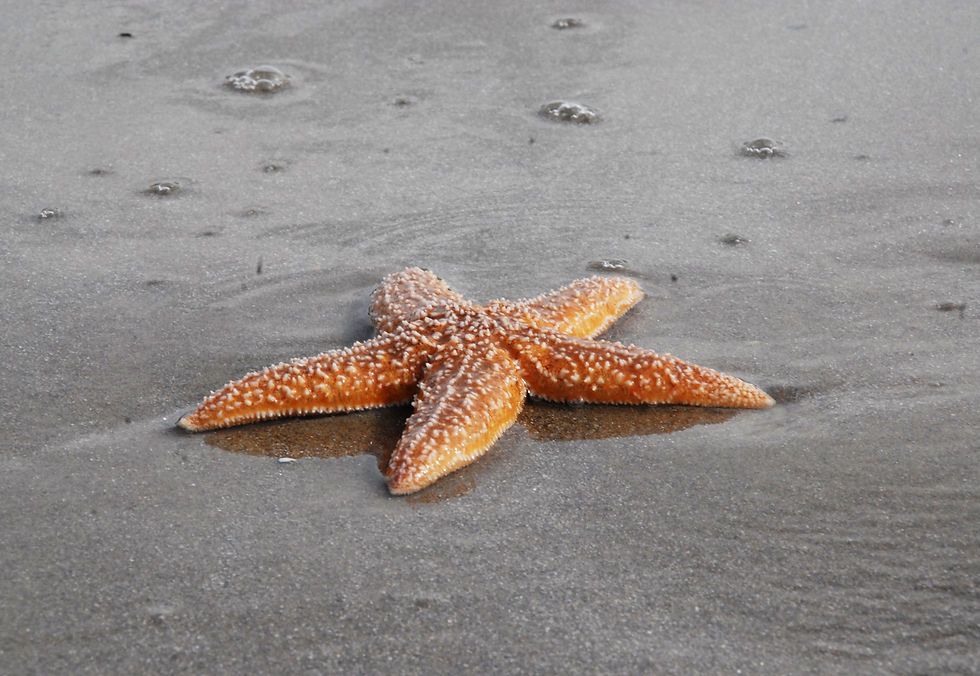Biological Materials and Biomimetics
The Biology of Marine Organisms and Biomimetics Unit is studying biological materials and their characteristics with a particular emphasis on biomaterials produced by marine invertebrates. The aim of this research is to gain a precise understanding of these materials and of their biosynthesis, as well as a detailed knowledge of their role in the biology and ecology of the investigated organisms. This study is conducted from an integrated point of view, combining the results from different technical approaches to extract key structural, mechanical and chemical principles of biological materials. These approaches are morphological (ultrastructure of the organs and tissues producing biomaterials, micro- and nanostructure of these materials), biomechanical (measurement of material properties and identifications of factors that influence them), or biochemical (biochemical and biomolecular characterization of the materials’ constitutive molecules). In the long term, these studies aim at the development of biomimetic materials.
Within the huge diversity of biological materials of marine origin, our unit has specialized in the study of adhesives produced by marine invertebrates. In addition, other biomaterials are also investigated such as the mutable collagenous tissues of echinoderms, cuticles and mucus.
R.Pillon
Marine Adhesives
The ocean is full of bacteria, algae and animals producing protein-based adhesives that are able to bond surfaces underwater. Among these organisms, adhesion is particularly developed in invertebrates that use it for attachment to the sea floor, but also for other functions such as handling of food or building of tubes or burrows. Because the adhesives produced by marine invertebrates act in the presence of water, they present a high potential for applications in the human body. For instance, they may represent an alternative to the currently available surgical adhesives and sealants (e.g., fibrin or cyanoacrylate glues), which cannot be used in areas continuously bathed with body fluids (mucous membranes, bladder, fetal membrane, etc).




The research works conducted within the unit focus on the different protein-based adhesion mechanisms developed by marine invertebrates. The study centred originally on echinoderms, a group of invertebrates presenting two different adhesive systems: the tube feet relying on temporary adhesion, and the Cuvierian tubules using instantaneous adhesion. Recently, the research has been extended to another group of invertebrates, tube-dwelling polychaetes, to encompass also permanent adhesives. The different adhesive systems considered differ by their mode of operation, their structure and the characteristics of their adhesive proteins. They are therefore complementary biological models for the study of bioadhesion in the marine environment.
Selected publications :
Sea star tenacity mediated by a protein that fragments, then aggregates




Mutable Collagenous Tissues
The connective tissue of echinoderms has the unique ability to change its passive mechanical properties in response to environmental and mechanical stimuli. These collagenous tissues are said to be mutable and have a widespread occurrence in all echinoderm classes. Being present in numerous distinct organs, they play a role in various functions such as autotomy mechanisms, locomotion, energy-efficient maintenance of posture, defence, etc. All mutable collagenous tissues (MCTs) have in common the capacity to undergo nervously mediated changes in their mechanical properties in a physiological time scale.
MCTs are composed of collagen fibres with varying sizes, conformation and spatial arrangement, each fibre consisting of numerous spindle-shaped collagen fibrils. Furthermore, MCTs always contain a special type of cell, the so-called juxtaligamental cells, which are characterized by the presence in their cytoplasm of numerous electron-dense, membrane-bound granules. These secretory cells are believed to contain effector molecules that regulate interactions between the collagen fibrils. The temporary nature of these interactions accounts for the capacity of MCTs to switch reversibly from a compliant to a stiff state.
Selected publications :
Evaluation of the different forces brought into play during tube foot activities in sea stars
Mechanical adaptability of sea cucumber Cuvierian tubules involves a mutable collagenous tissue
Epidermal Productions
In marine invertebrates, the integument, comprising the epidermis and its productions (shell, cuticle, setae, and secretions of various types), is the organ that protects the body from external aggressions. In many species, two categories of epidermal productions can be distinguished: the cuticle, which covers the whole body and is tightly bound to the epidermis, and the mucous secretions, which are usually more specific to certain body areas and may remain or not on the surface of the animal. All these epidermal productions, however, appear to be made up of proteins associated to glycans in the form of glycoproteins, proteoglycans or protein-polysaccharide complexes. From the earliest embryonic stage to the post-metamorphic stage, they are involved in a broad range of essential functions, including morphogenesis, lubrication, protection against predation and physical damage, cleaning, locomotion, and capture of food particles.



